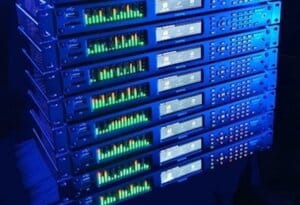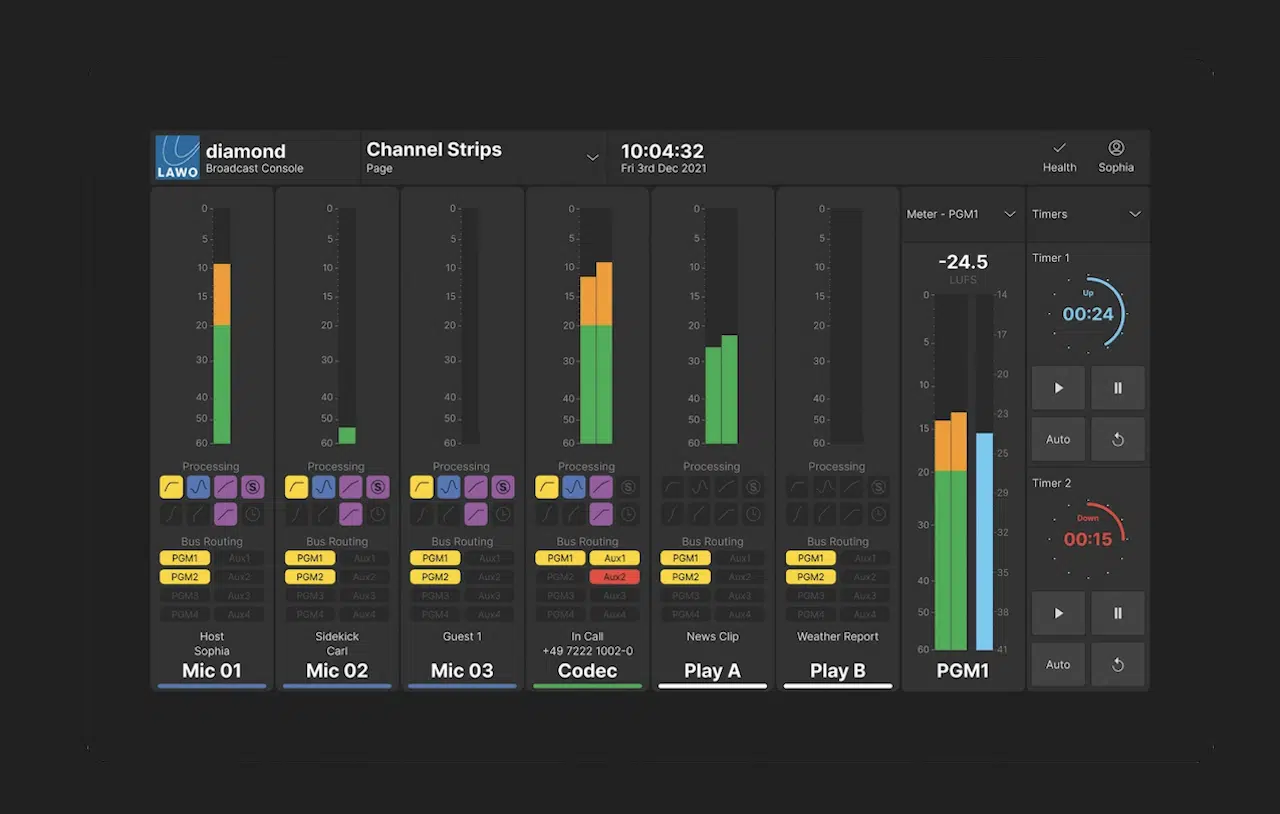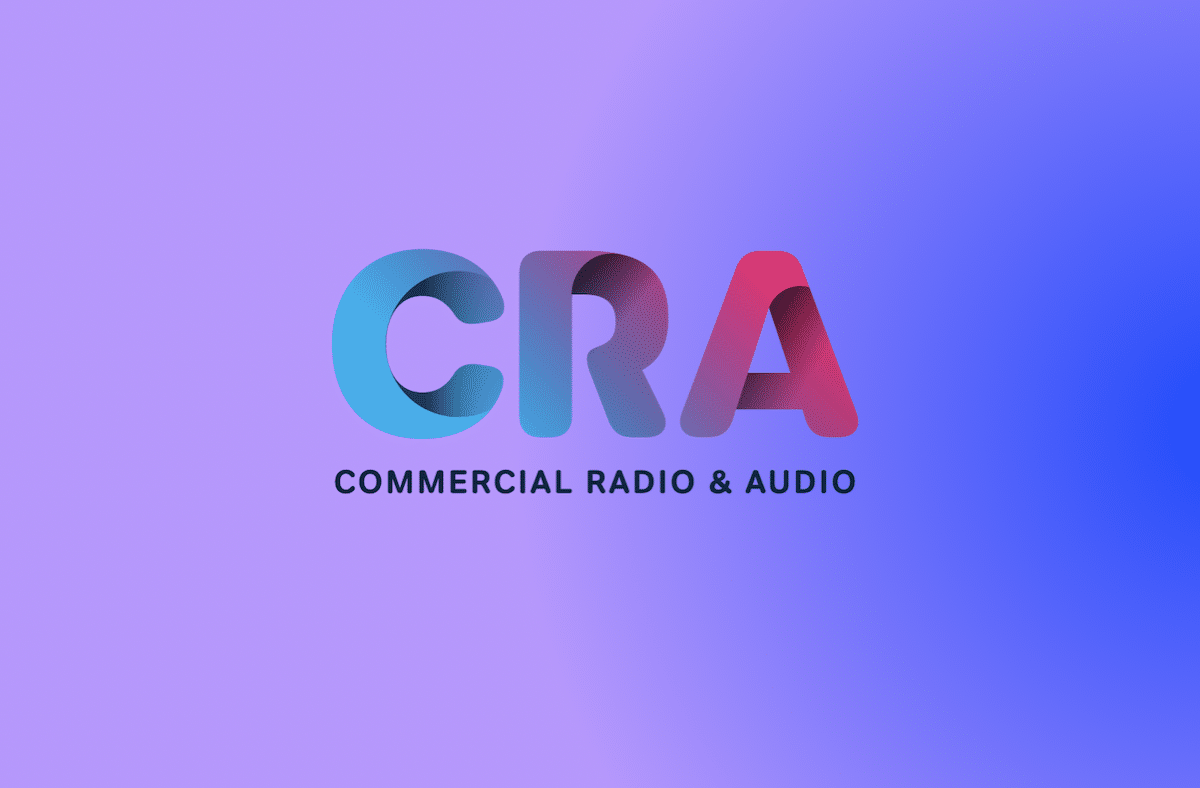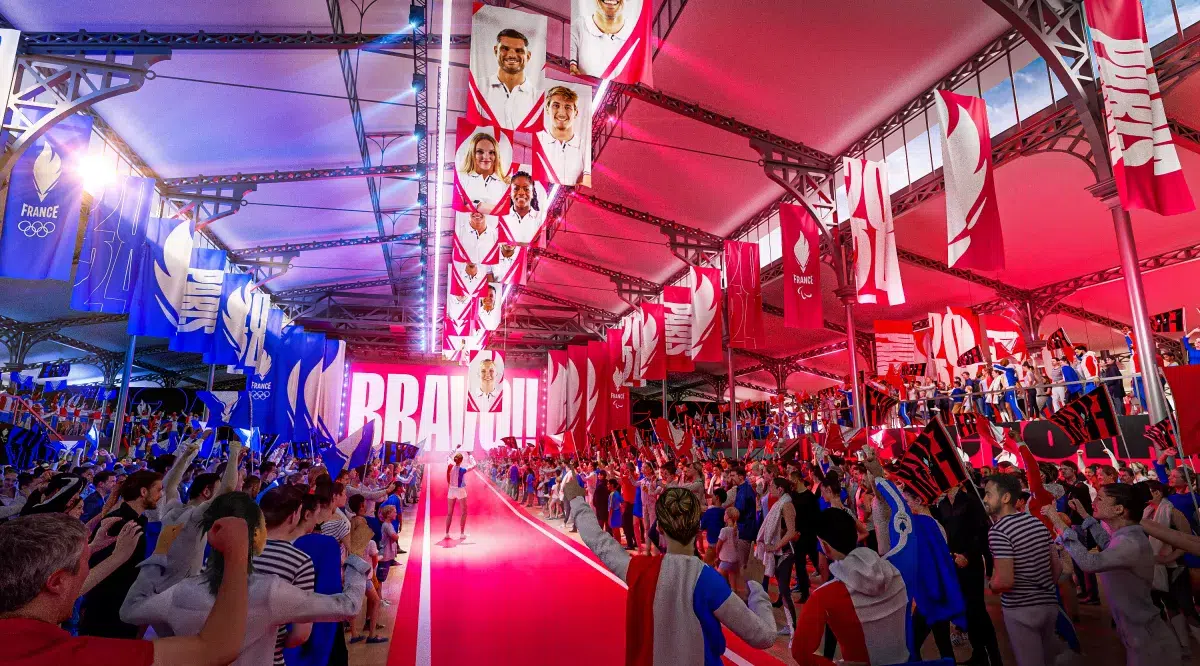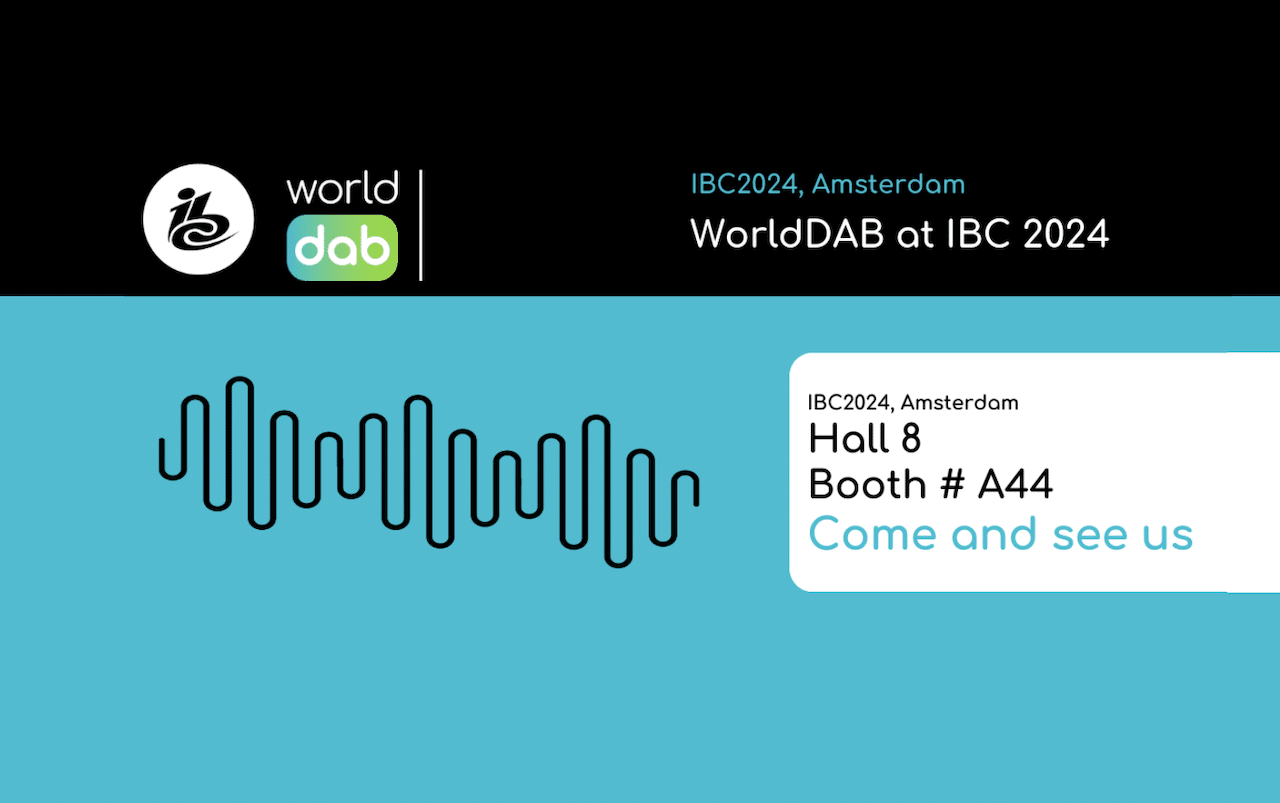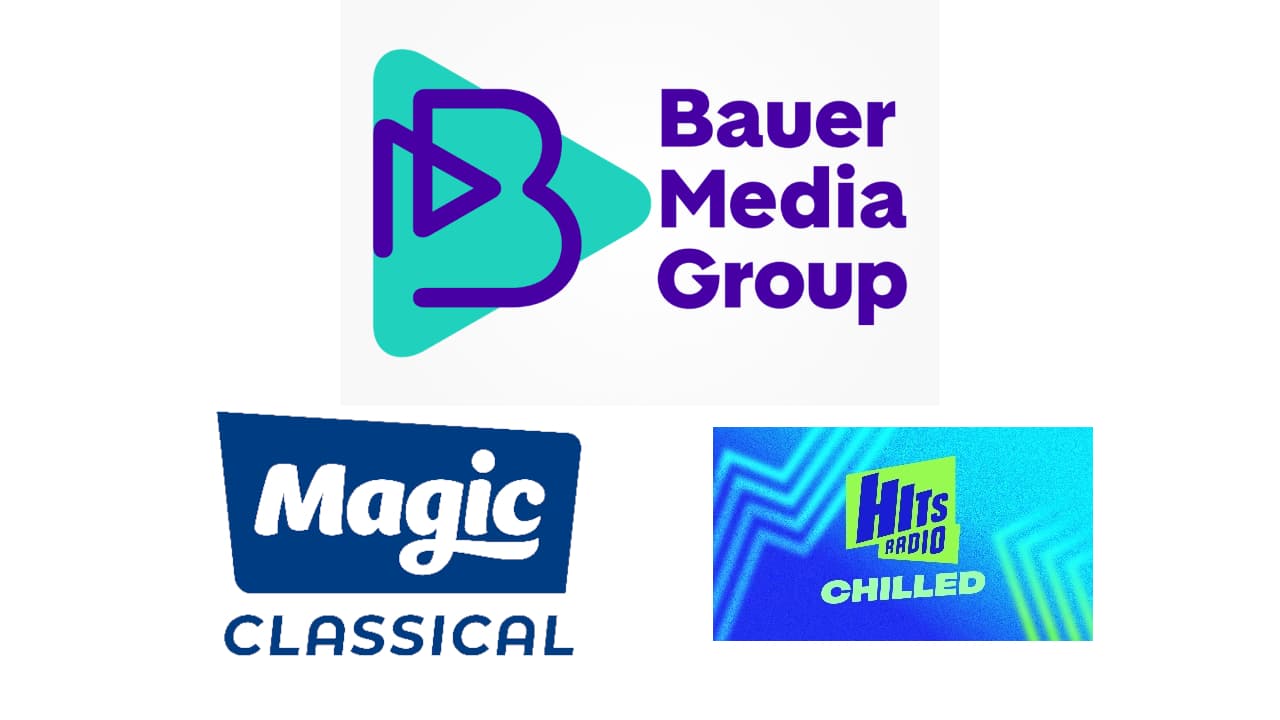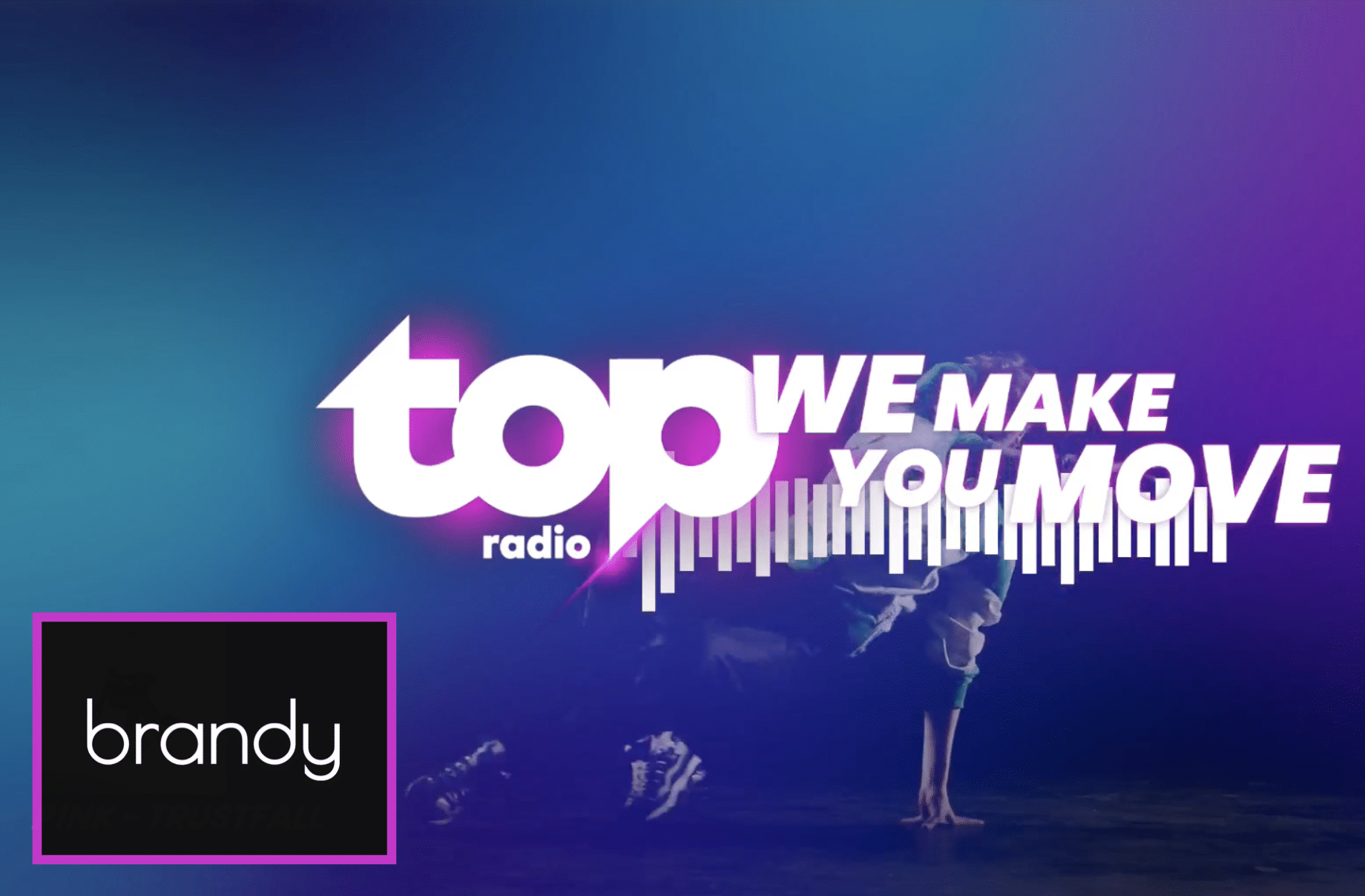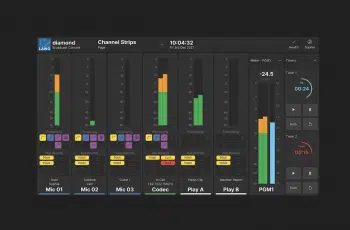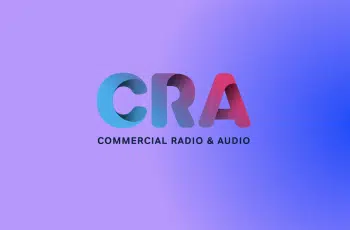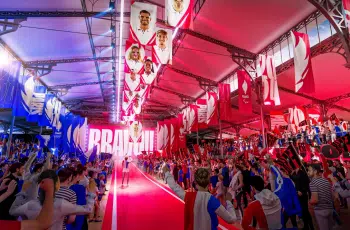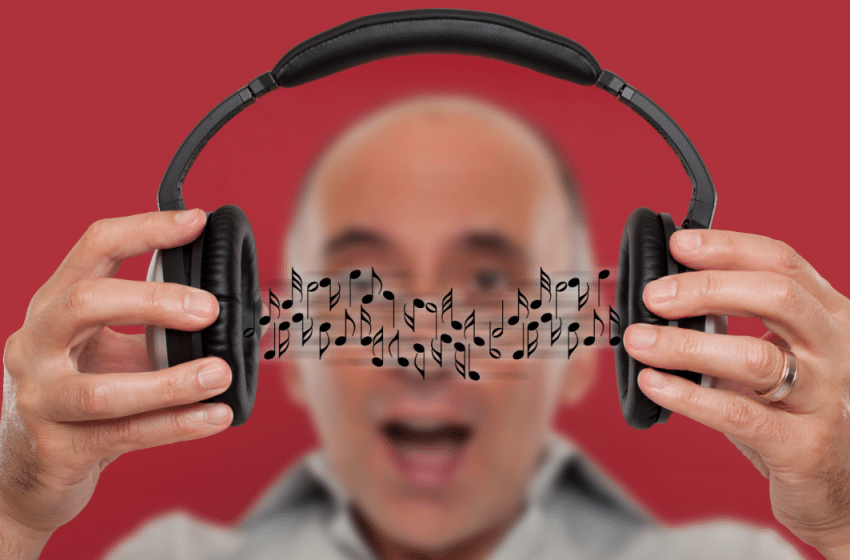
Ken Benson is an award-winning radio programmer and co-founder and partner of P1 Media Group, which provides insights and strategies to leading media companies around the world. RedTech sat down with him to talk about jingles, stings and sweepers.
RedTech: Does imaging respond to trends or natural evolutions?
The first question every programmer should ask is “What’s the purpose of imaging for our radio station, and what do we want to communicate?” Imaging style is determined by your format and target group. For example, a youth-targeted station should be on the cutting edge, leading on trends.
Imaging must also stay firmly rooted in the brand. Walt Disney is a far different company today than when Walt and Roy Disney founded it 100 years ago. Nevertheless, they do a fantastic job of staying current and, at the same time, paying homage to their fundamental core values. We believe stations should think the same.
RedTech: Should audio branding be sung or spoken?
I am a jingle fan, and nothing is more potent than listeners singing your brand. So today, some of the biggest companies in the world are investing a fortune to create a unique audio signature. These companies hope to create something as recognizable as the Intel Inside sound, the Microsoft Windows login audio or the HBO sonic logo.
Stop looking at other radio stations for inspiration and look to other mediums. Have fun, take chances, and be interesting and entertaining.
RedTech: How often should a radio station renew its imaging?
Great radio stations are in a continuous state of evolution. However, too many radio stations change their imaging voices and styles too frequently. Your station voice should be so familiar that listeners think of your station immediately when they hear a word or two of a payoff line or the opening bars of a jingle. The overall sound of the station may not need a significant update for several years. However, a station making a strategic shift in its direction may want to revise its imaging to help communicate that change.
While a station’s voice should be consistent, a station should update promos and sweepers frequently. For example, most station promos have a maximum shelf life of a week. News format stations may need to update their imaging hourly.
RedTech: What are the common mistakes of audio imaging?
The top mistake I hear is too much copycat imaging. Most stations have a big deep imaging voice delivering overproduced promos and sweepers. Are we trying to please our audiences or other radio people? I prefer the contrarian position: When most stations create imaging one way, it’s an opportunity to do it differently.
Also, I prefer something other than formula promos. People naturally like patterns — they may be easy to listen to, and the listener knows what to expect; the problem is that after a while, the listener no longer hears the message. So, instead, spend more time on creative writing and production. You will love the results.
RedTech: Are there differences in audio imaging between the American and European markets?
Radio on both continents suffers from too much cookie-cutter imaging and programming. Radio, like many mature industries, would benefit significantly from outside thinking. Inside thinking brings incremental change to our current techniques. Outside thinking frequently catalyzes transformational change, from which radio would dramatically benefit.
Typically, radio stations look to differentiate themselves with a unique music position, such as a star morning show, from which they develop a benchmark or two and add some marketing and promotion. The problem is that every station uses the same playbook; listeners are getting bored.
RedTech: What do radio stations look for to differentiate themselves?
Typically, radio stations look to differentiate themselves with a unique music position, such as a star morning show, from which they develop a benchmark or two and add some marketing and promotion. The problem is that every station uses the same playbook; listeners are getting bored. Today’s opportunity is for those courageous enough to take risks and do things differently. Imaging is one of many programming elements to help your station cut through and stand out.
RedTech: In your opinion, what’s the best current imaging that could inspire other radio stations?
Stop looking at other radio stations for inspiration and look to other mediums. For example, I am tired of hearing new music promos featuring three hooks. So, here’s an idea: What if your new music promo week took listeners into your weekly music meeting, where you hear the music team arguing about the week’s considerations and whether to play them or not? Done well, this is far more fun and interesting than the same old new music hook promo. Have fun, take chances, and be interesting and entertaining.
RedTech: Is a radio station without imaging imaginable?
That’s a good question. Many decades ago, that was the norm, particularly for American rock stations in the 1960s and 1970s. Spotify doesn’t run imaging today. The question to ask yourself is whether your imaging is additive or a hindrance to your station’s listening experience.
RedTech: Will there be an audio imaging trend for 2023?
I see AI playing a more prominent role in imaging for the foreseeable future, especially with squeezed operating budgets. I would like to see a greater emphasis on writing than production. Great television and films begin with great scripts. On the other hand, radio imaging tends to emphasize its production value to hide its poor scripts.
The author is editor of RedTech Magazine’s French-language sister publication, La Lettre Pro.


